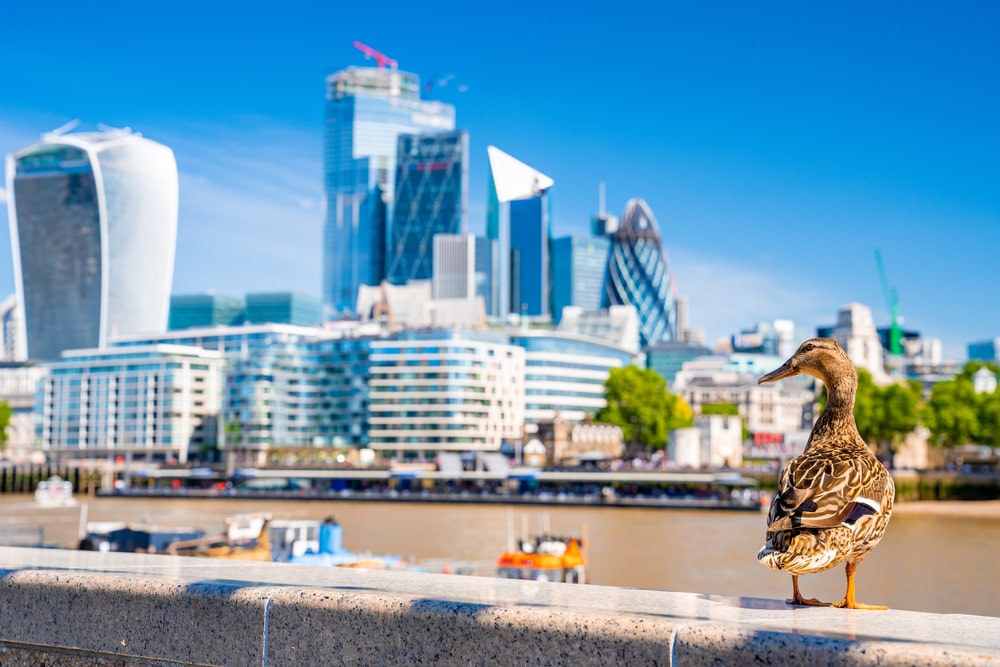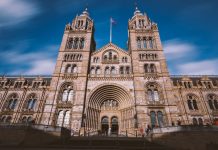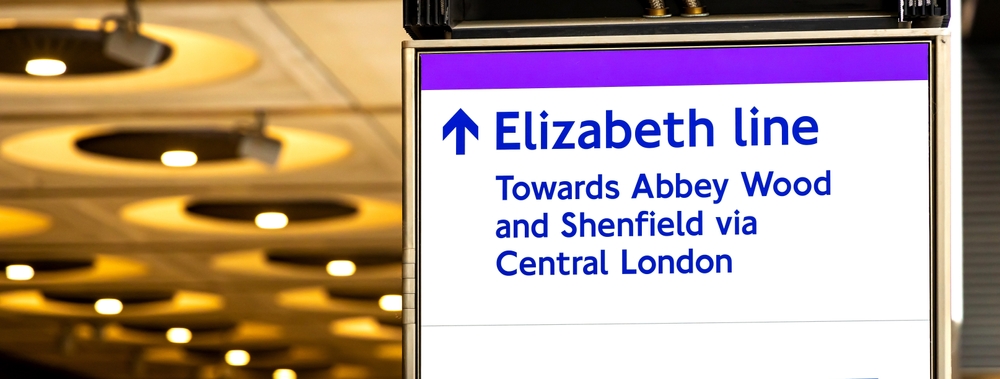London is known for its skyscrapers, culture and nearly two millennials of history, but rarely is its biodiversity cited as a tourist selling point. Whilst other parts of the country are home to many different types of wildlife, guests of double, family and single rooms near Hyde Park will have to make do with the odd fox and a great many animal oriented landmarks.
Whilst London is home to a collection of nature reserves and city farms, migrating birds fly away for the winter and more exotic animals are kept in enclosures such as London Zoo. The city isn’t without its exotic animal history though, but for their sake, it’s a good thing that less acclimatised animals in London are just that – history. Guests of bed and breakfasts near Hyde Park can still learn about the wild past of London through the many imaginative sculptures and monuments left there, many of which were inspired by its many exotic former residents, or use them to symbolise famous figures from the city’s past.
Paddington Bear Statue – Paddington Station
Opened in the year 2000, Michael Bond’s Peruvian creation is located in Paddington Station, where the bear’s story starts off. Paddington Bear may be a fictional story character, but is a major tourist draw for those from abroad who fell in love with the adorable orphan bear.
Vectors Of Disease At London School of Hygiene and Tropical Medicine
Gilding the balconies of the London School of Hygiene and Tropical Medicine, this assortment of gold painted ironworks adorn the Bloomsbury University balconies. They were chosen specifically due to the fact that each of the insects and animals shown, are “vectors of disease”. Lucky for guests of hotels near Bayswater Road, very few of them are rife in London.
Endangered Animals Of Trafalgar Square
Flanking the Grand Buildings on Trafalgar Square, the murals of endangered animals made of Portland stone were introduced in 1990 by sculptor Barry Baldwin. The sculptor also included a self portrait that included his watch – reading 11:00 to represent the fact that humanity is in the eleventh hour to save these animals. The animals represented include an octopus, whale, turtle and gorilla.
Dr Johnson’s Cat
The most “distinguished man of letters in English history” also had a very distinguished cat. This sculpture in Gough Square depicts Hodge, who is mentioned regularly in the essays of Dr Johnson as a “very fine cat indeed”.
Crystal Palace Dinosaurs
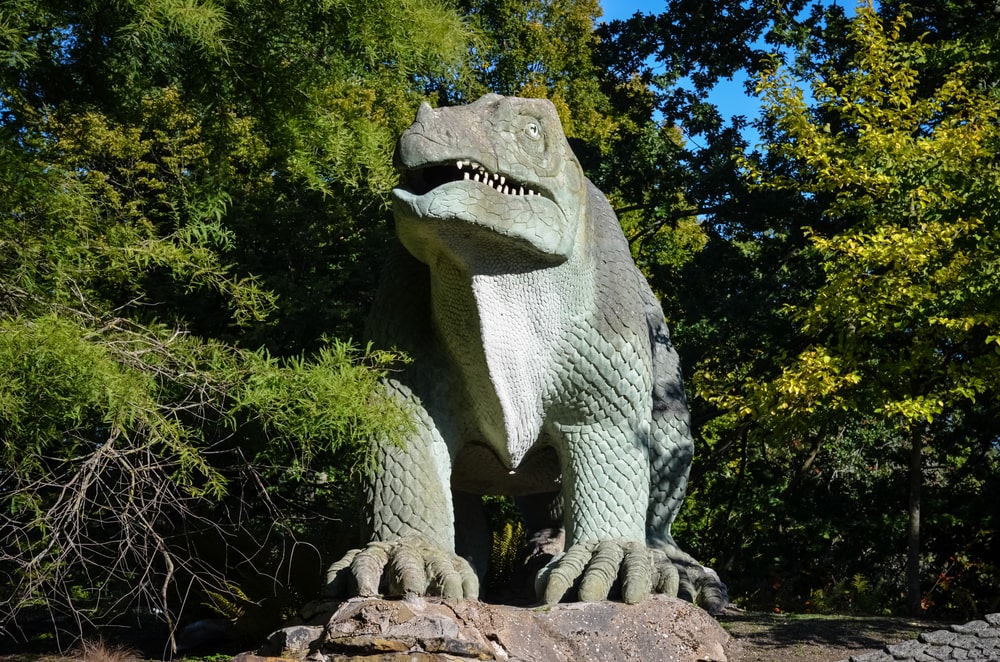
Guests of boutique hotels near Hyde Park looking for a new green space to explore could do a lot worse than southeast London’s Crystal Palace Park. The Victorian era pleasure park once had its own glass community centre, relocated here from the Great Exhibition in 1851. Around the same time, the park’s lake was adorned with Victorian imaginings of dinosaurs. One must remember that many of the prehistoric animals depicted in the park were imagined by sculptor Benjamin Waterhouse Hawkins before the full remains were uncovered. This goes some way in explaining why the reptiles are so anatomically incorrect by modern standards.
